
Greetings Friends, This monthly newsletter (No. 59) includes: Lee Point Public Forum, Darwins last wildlife corridor, other news, quiz, plants and wildlife.
1.0 Lee Point Public Forum – 12 Nov
You are invited to have your say on the Defence Housing Australia (DHA) subdivisions at Lee Point.
Time: 5.30pm Wednesday 12 November.
Venue: Casuarina Library meeting room.
READ MORE

Fig 1. People calling on government to stop clearing the old-growth forest at Lee Point March 2024.
Please sign this PETITION to City of Darwin
Check Friends of Facebook or Save Lee Point website for updates.
2.0 Darwin’s last remaining wildlife corridor
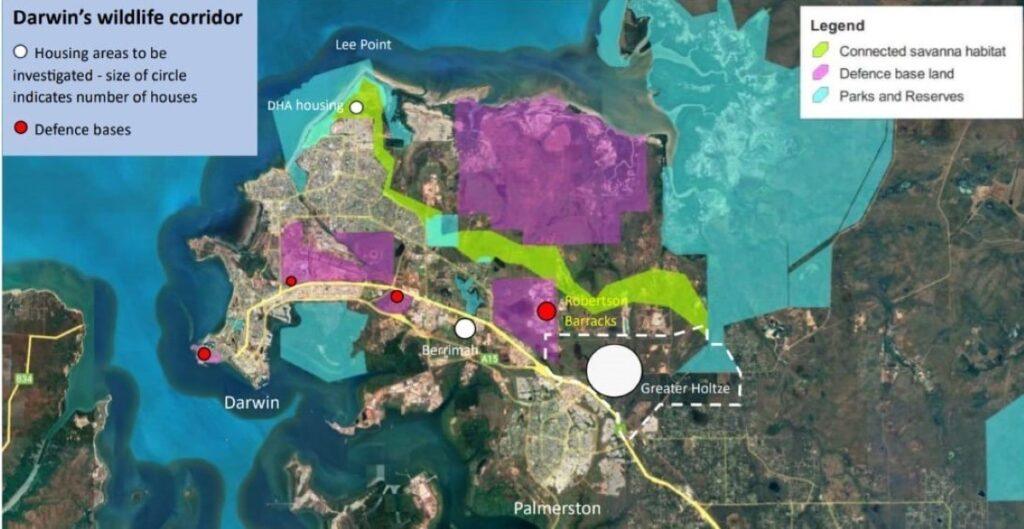
Fig 2. Map of Darwin’s last remaining wildlife corridor
Old-growth trees in the Top End savanna woodland are important because they contain most of the tree hollows that 20% of birds and 40% of mammals rely on for breeding.
Darwin has been losing its savanna woodland. By the 1970’s Darwin-Palmerston had lost half of its original (~200 sq km) woodland area which had roughly 40,000 old-growth trees.
There were, however, still three functional wildlife corridors connecting Darwin to the rural area. These connected Charles Darwin National Park, Darwin Airport and Casuarina Coastal Reserve to the rural area.
Today Darwin-Palmerston has lost most of its connected woodland. The only functional wildlife corridor left is the one that connects Casuarina Coastal Reserve (now a national park) to the rural area, refer Fig 2.
By 2040, based on historical clearing rates, there will be 4200 old-growth trees left with 1200 in the last wildlife corridor (assuming no further clearing takes place).
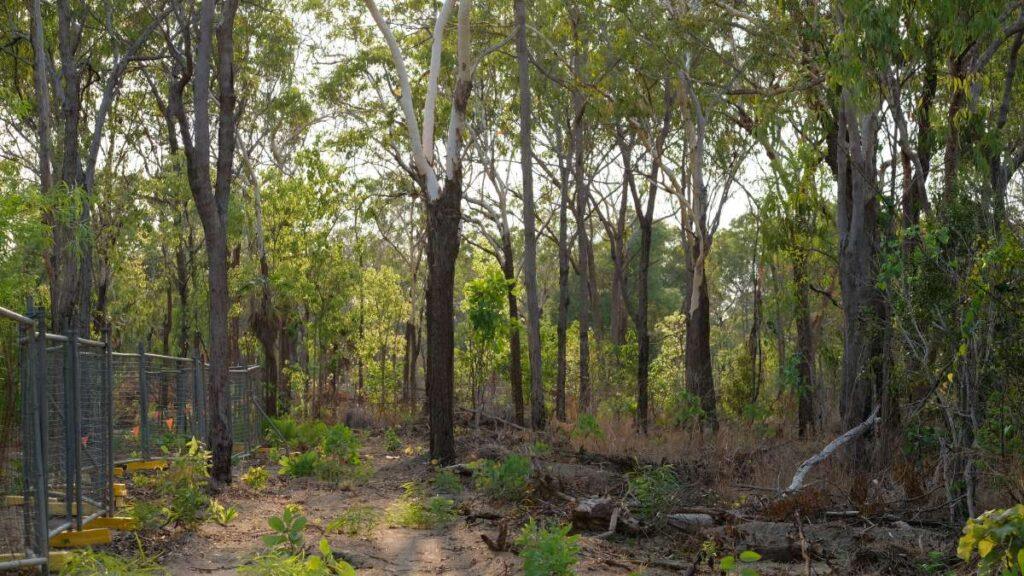
Fig 3. Old-growth trees in Darwin’s last wildlife corridor at Lee Point.
Why Darwin’s last remaining wildlife corridor is important
Wildlife corridors are important because they support biodiversity. They enable species to find food, shelter and choose a mate (supports genetic diversity).
This corridor has a high biodiversity value. The number of bird species gets used as a practical indicator of biodiversity. Comparing Kakadu National Park (19,000 sq km) to:
- Darwin’s last wildlife corridor – Kakadu has slightly less bird species than the last wildlife corridor (27 sq km)
- Lee Point – Kakadu has slightly more bird species than Lee Point (5 sq km)
Lee Point has outstanding biodiversity values, refer: Darwin’s last wildlife corridor
Many of the birds we see in Darwin’s backyards need to spend some time in savanna habitat – Darwin’s last wildlife corridor provides this.
Offset policy ignored in the Darwin Wildlife Corridor at Lee Point – DHA have cleared critical habitat used by the endangered Black-footed Tree-rat without considering reasonable avoidance measures.
3.0 Other news
Lee Point housing project is unpopular with Darwin Hospital staff
Being able to enjoy nature at Lee Point is one of the reasons people choose to work at Darwin Hospital.
In May 2024, a group of (9) clinicians who previously worked at Darwin Hospital said their decision to return to Darwin would be influenced by the loss of old-growth forests at Lee Point, refer Doctors threat to leave
The anaesthetist at Darwin Hospital is leaving Darwin at the end of the year. Part of the reason he gave for leaving was the clearing works that happened at Lee Point in June 2024.
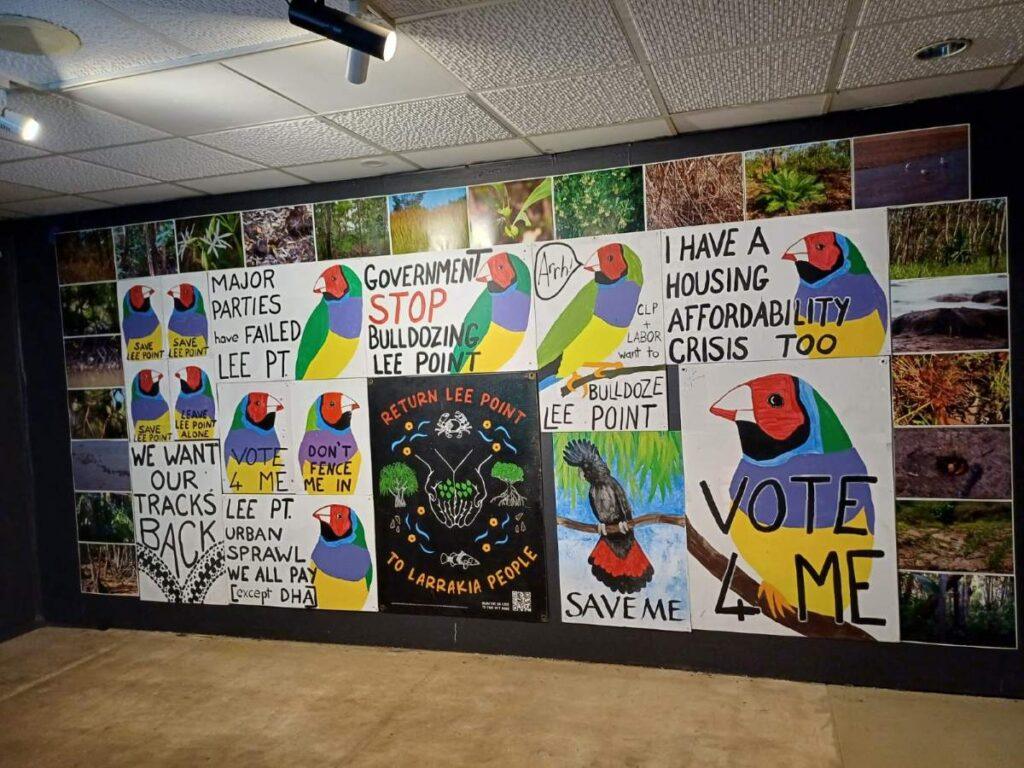
Fig 4. Artwork from the Save Lee Point campaign
Sanctuary Summit Art Exhibition – FLP and other Save Lee Point groups are taking part in this exhibition at Parap that includes international, interstate and local artists at the Northern Centre for Contemporary Arts in Parap.
Exhibition runs to 15 Nov 2025.
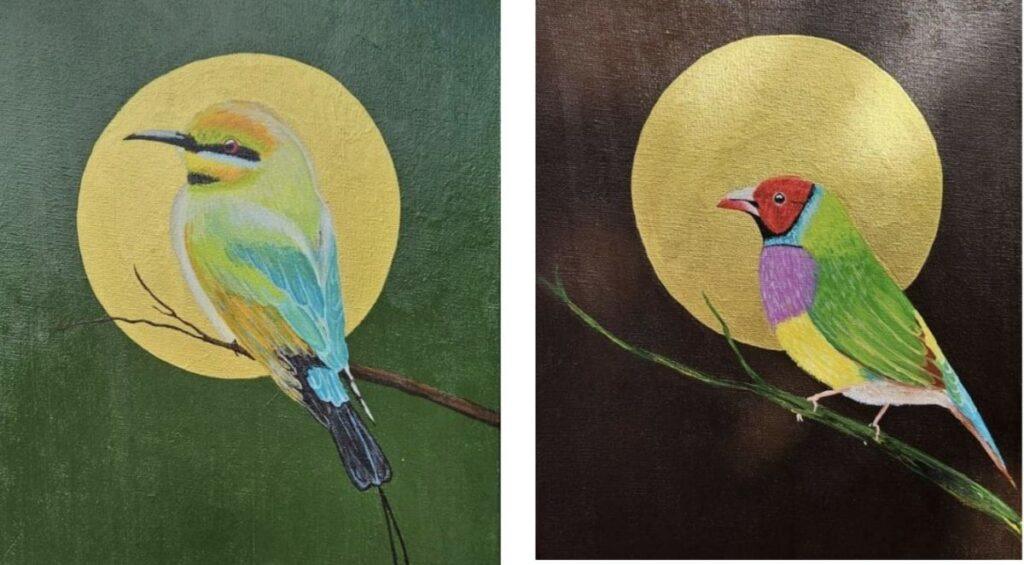
Fig 5. Artwork from the Save Lee Point campaign – Dorothea Janczewska
Local artist, Dorothea Janczewska, was inspired by the Save Lee Point campaign to create these artworks.
Bird of the year
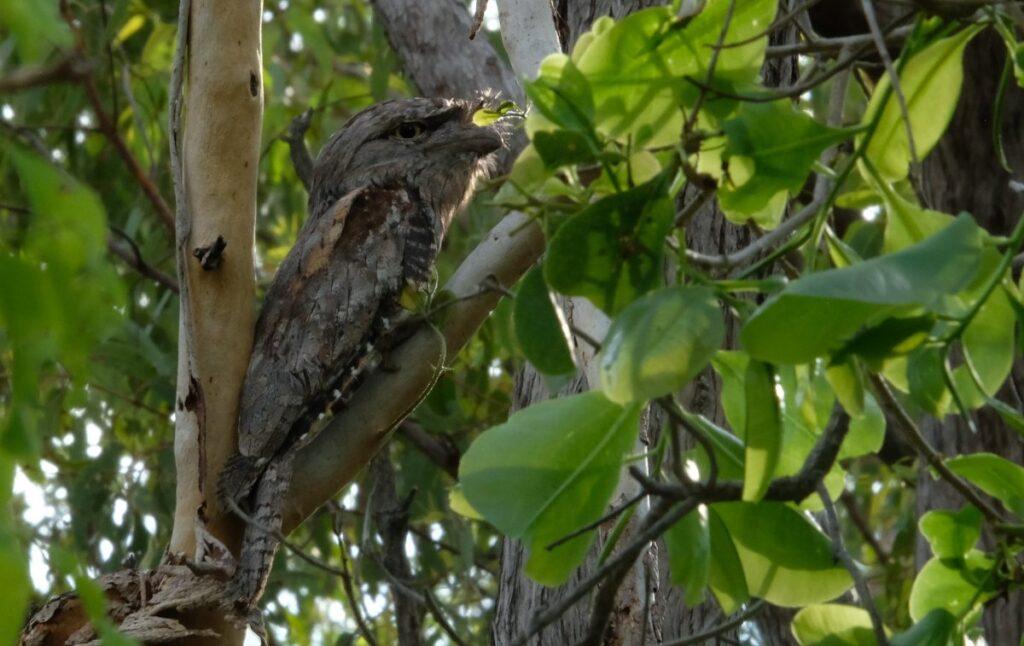
Fig 6. Tawny Frogmouth at Lee Point
Favourite food: Insects
The Tawny Frogmouth was voted bird of the year in the Guardian/Birdlife survey. They are native to Australia, nocturnal, mate for life and usually stay in the same territory for a decade or more.
Fire – If you see a fire on the Lee Point peninsula it is probably arson, call 000, response time is critical for controlling fires.
4.0 Quiz
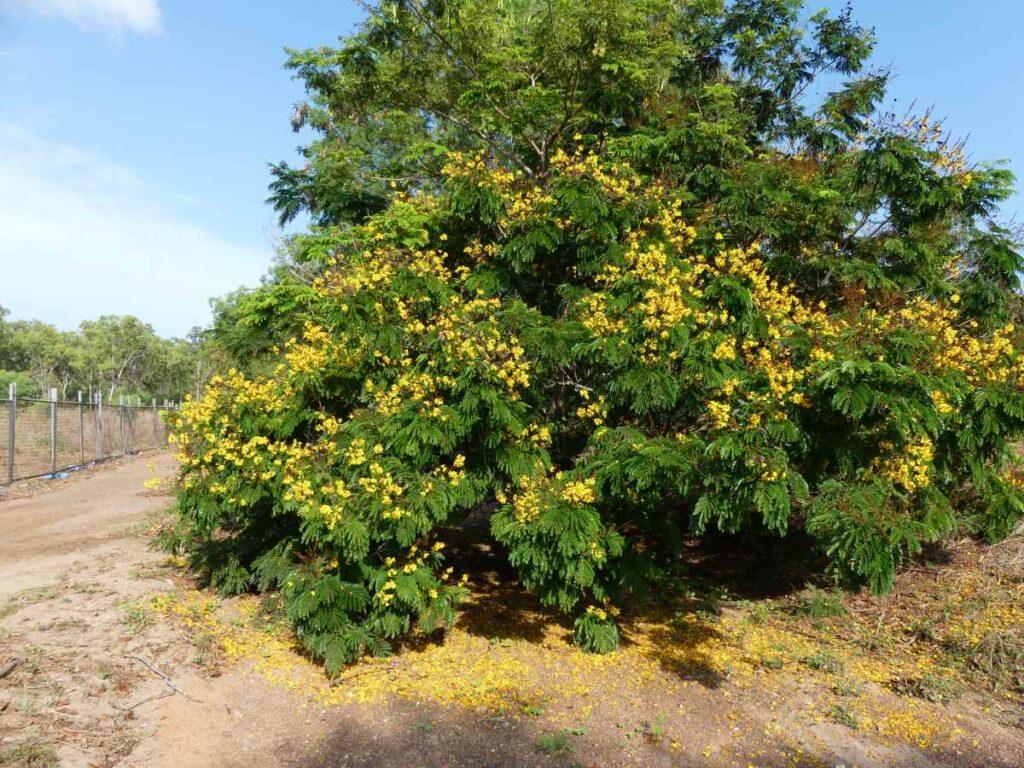
Fig 7. Yellow Flame Tree (Peltophorum pterocarpum).
These trees are commonly planted around Darwin in parks, gardens, and streetscapes. They are sometimes called Yellow Poinciana.
Are they native or introduced?
5.0 Plants and Wildlife
Yellow Flame Trees were flowering this month and bees, butterflies and birds were busy pollinating.
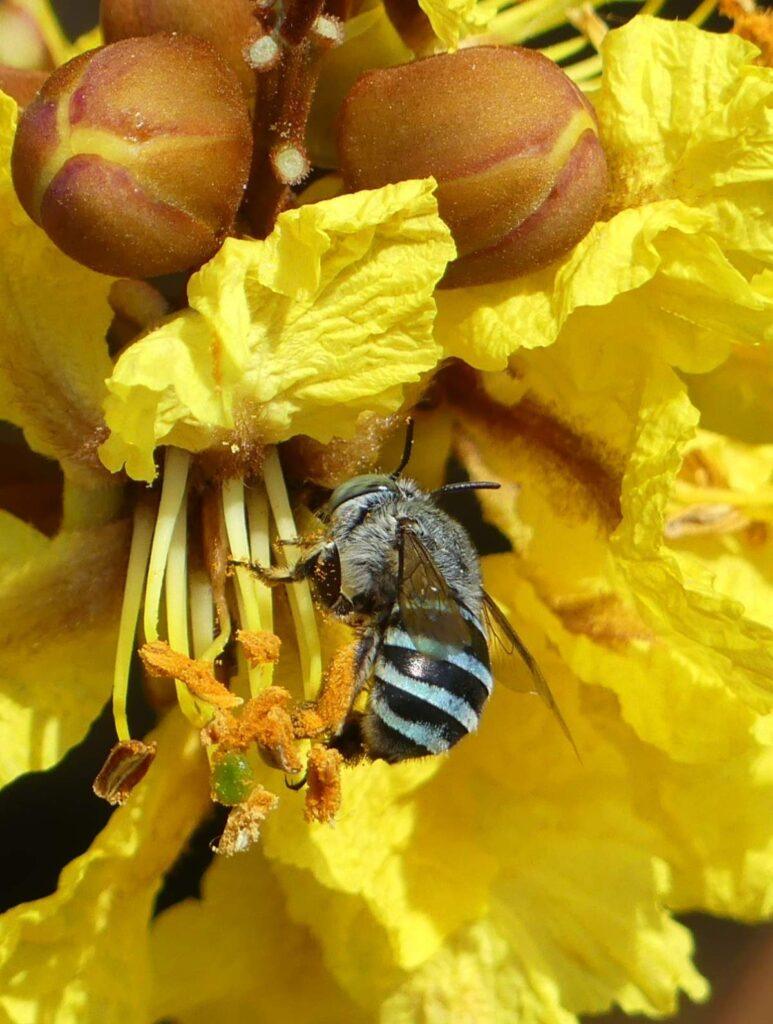
Fig 8. Blue-banded Bee (Amegilla chlorocyanea) on Yellow Flame Tree at Lee Point
Favourite food: Nectar and pollen.
It is native to Australia and visits home gardens.
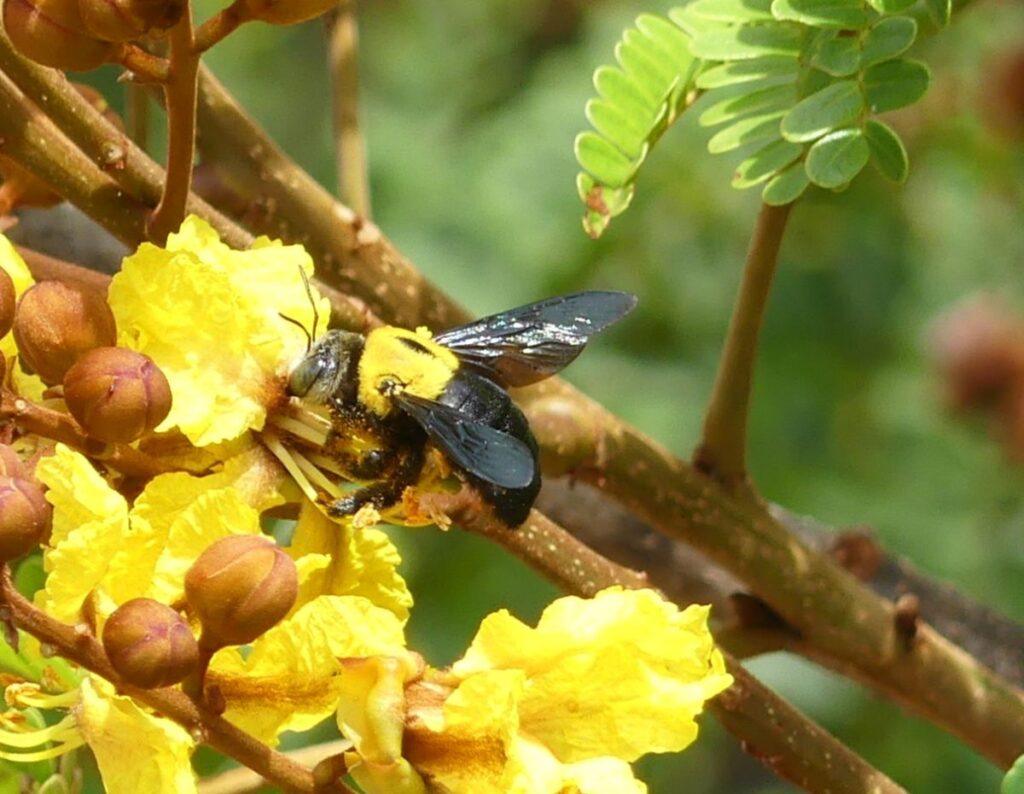
Fig 9. Great Carpenter Bee (Xylocopa spp) on Yellow Flame Tree at Lee Point
Favourite food: Nectar and pollen.
The Great Carpenter Bee is Australia’s largest native bee and visits home gardens.
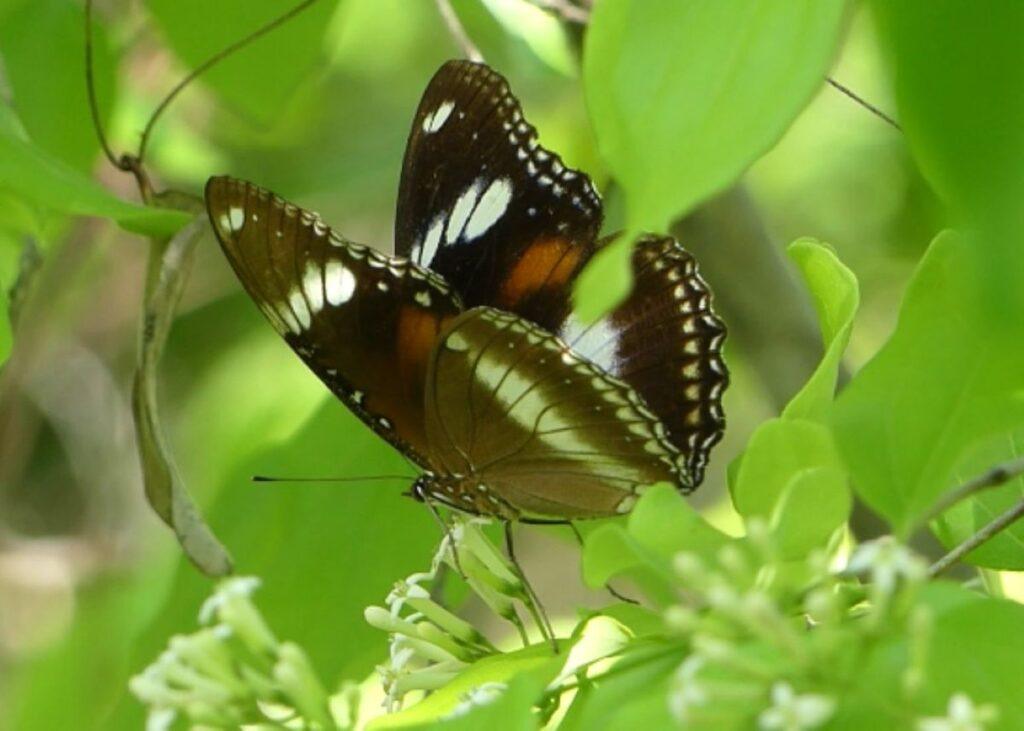
Fig 10. Varied Eggfly Butterfly
Favourite food: Nectar.
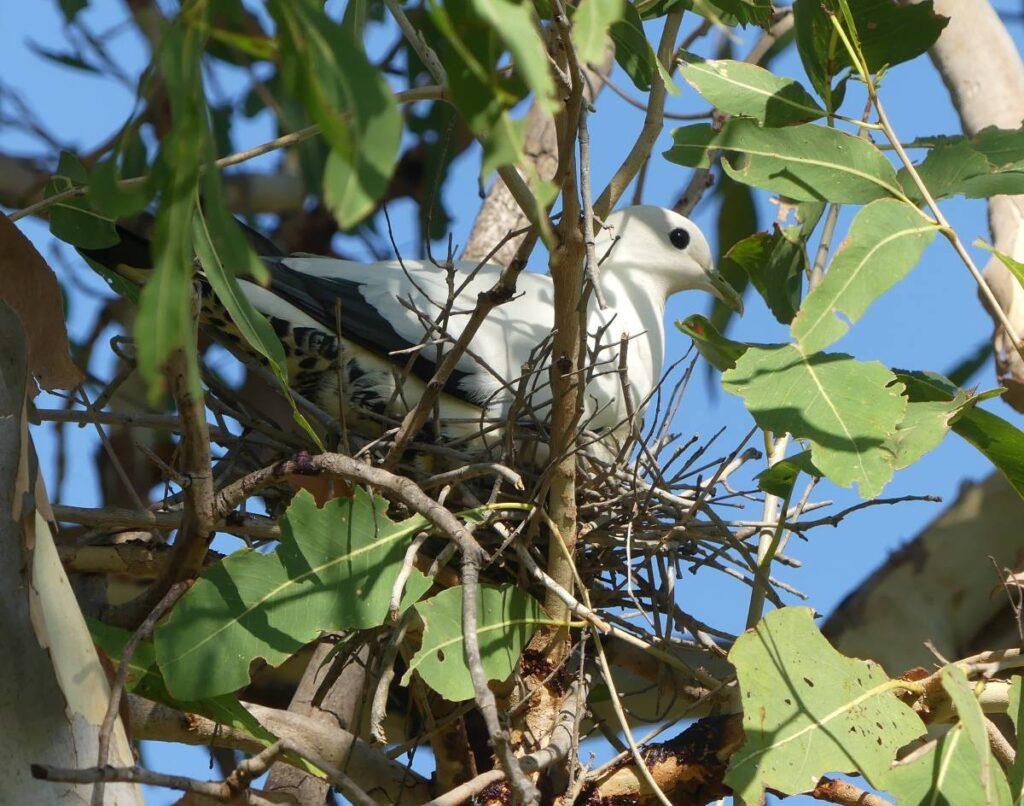
Fig 11. Torresian Imperial Pigeon nesting
Favourite food: Fruit
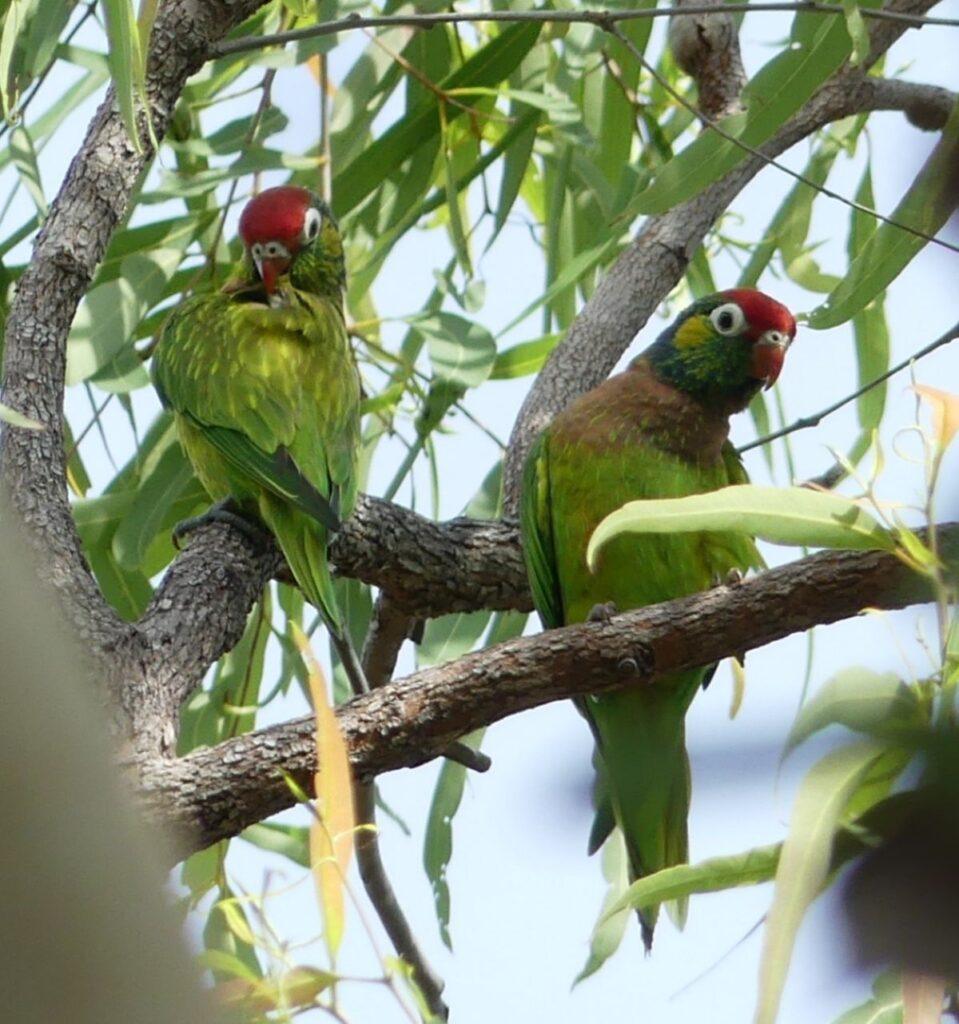
Fig 12. Varied Lorikeet
Favourite food: Nectar and pollen
Wilderness Walks
Wilderness Walks have recording between 30-45 bird species, refer ebird for latest sightings. Please check Friends of Lee Point Facebook for walk times.
All the best
Answers to Quiz
Yellow Flame Trees are native to tropical Southeast Asia and Northern Australasia.